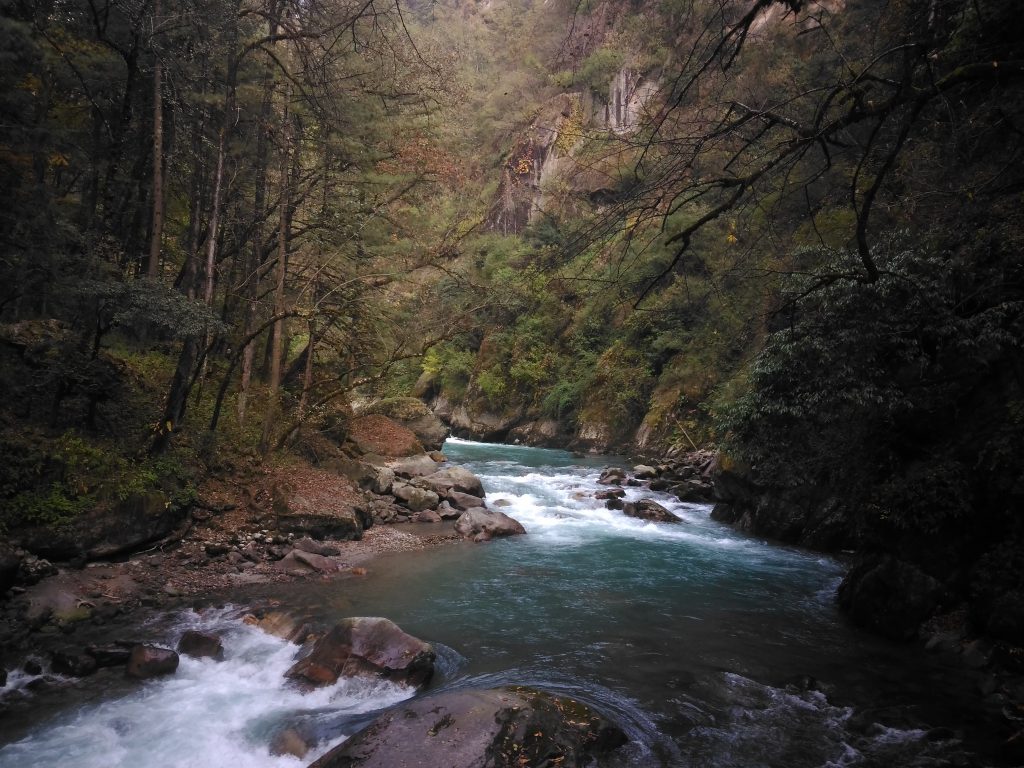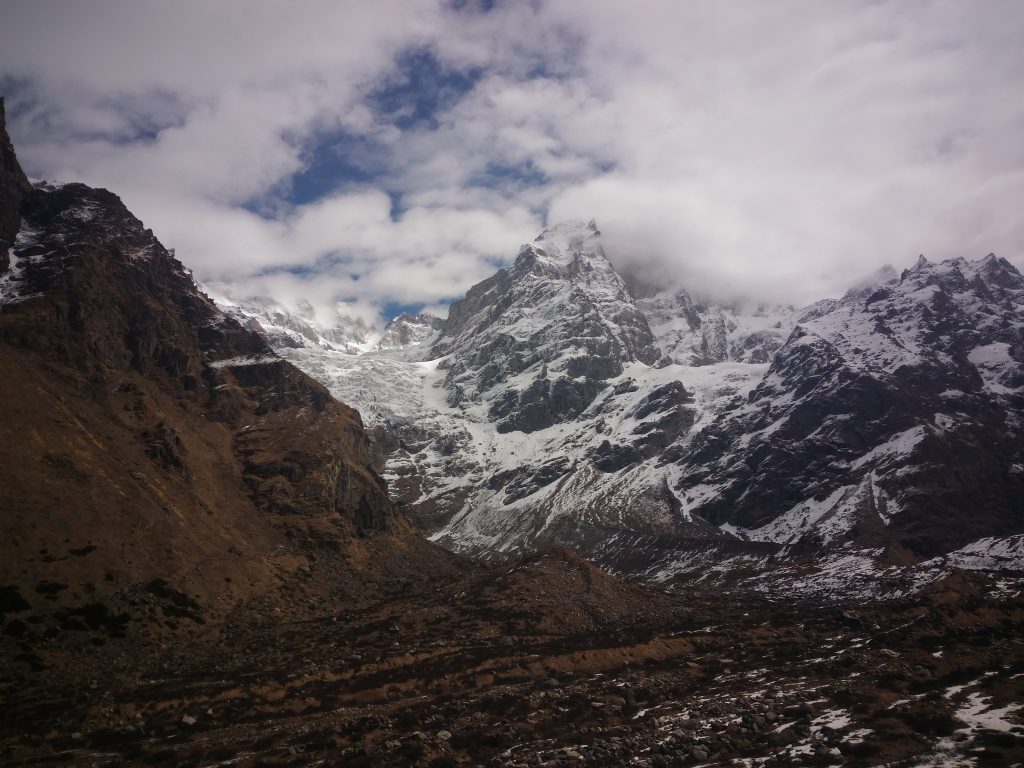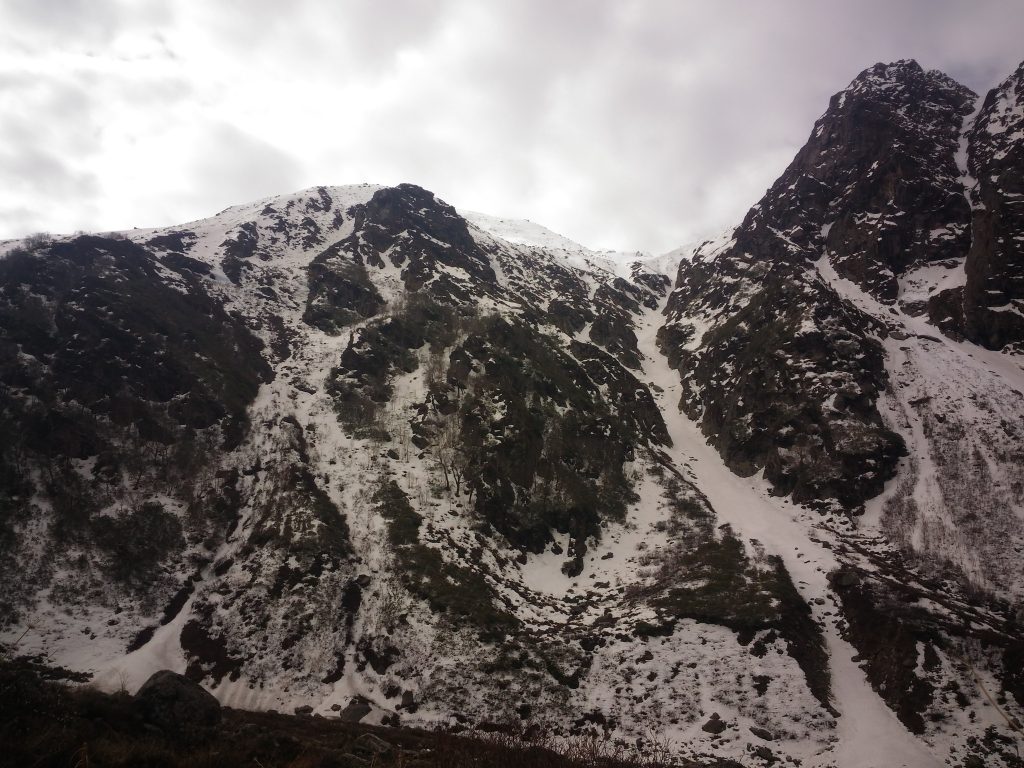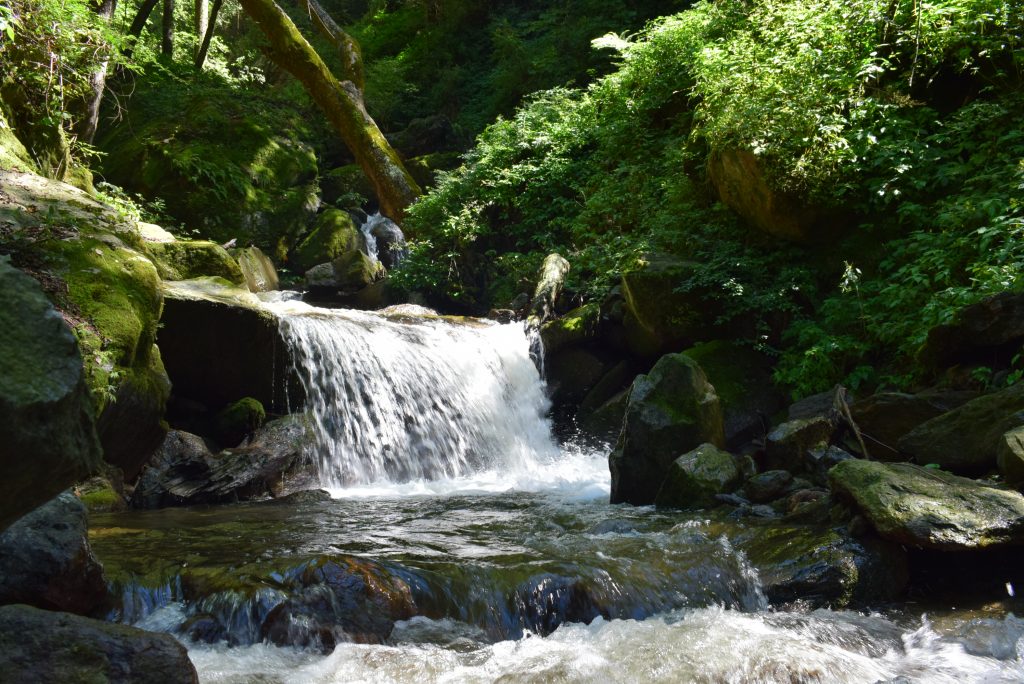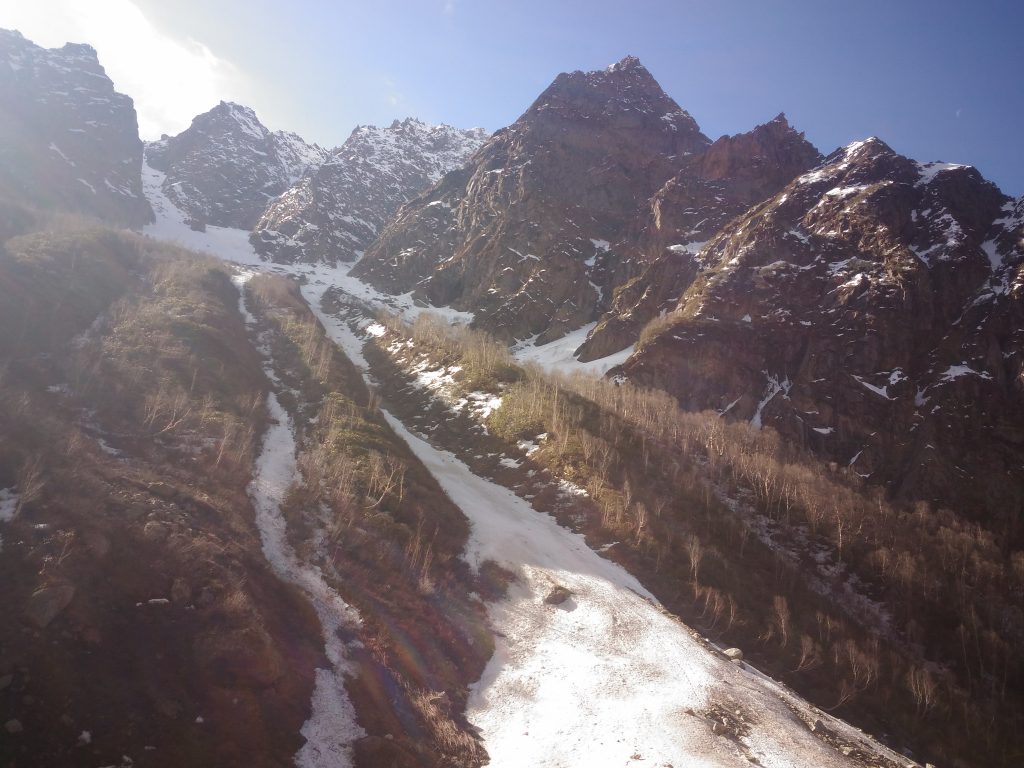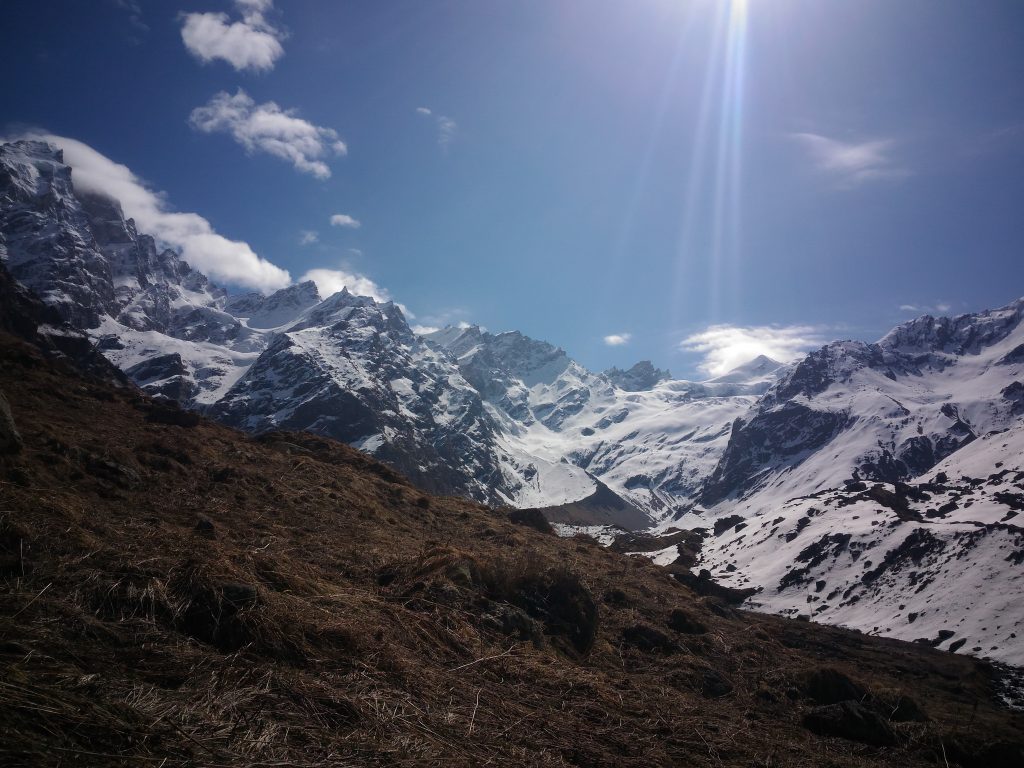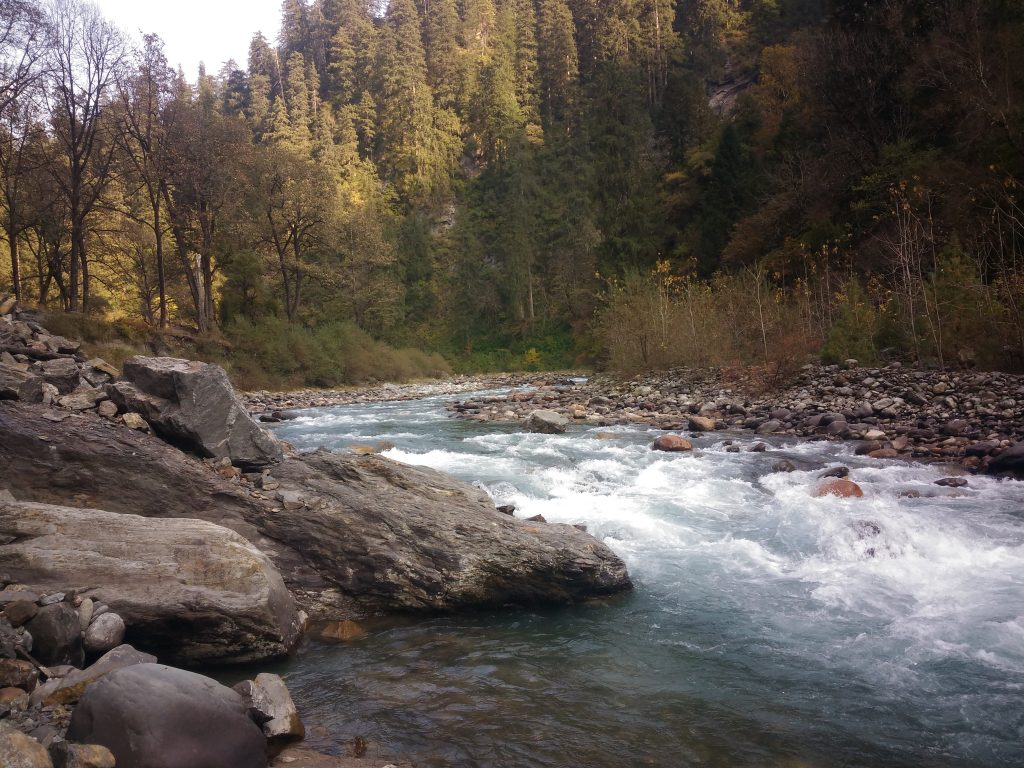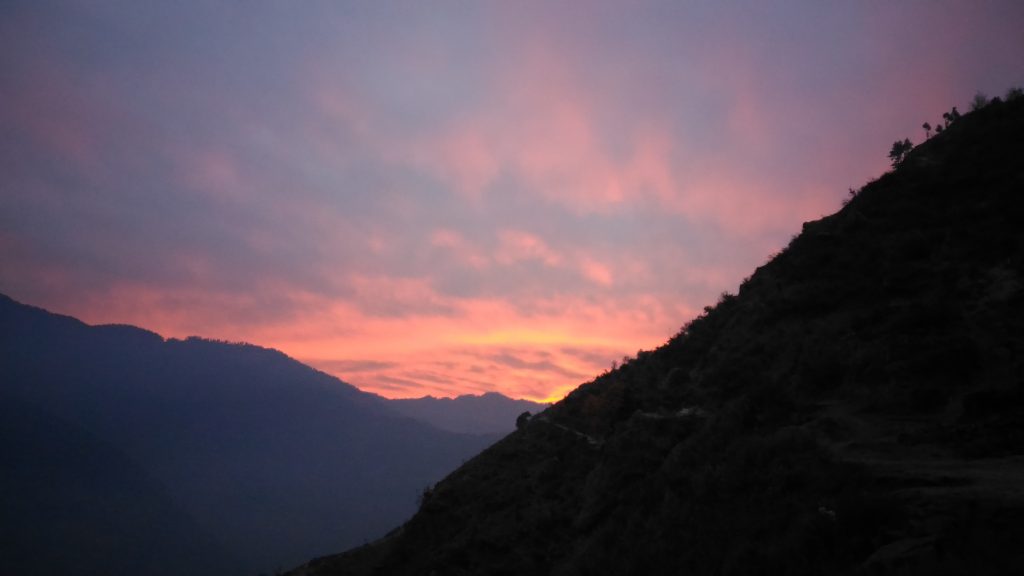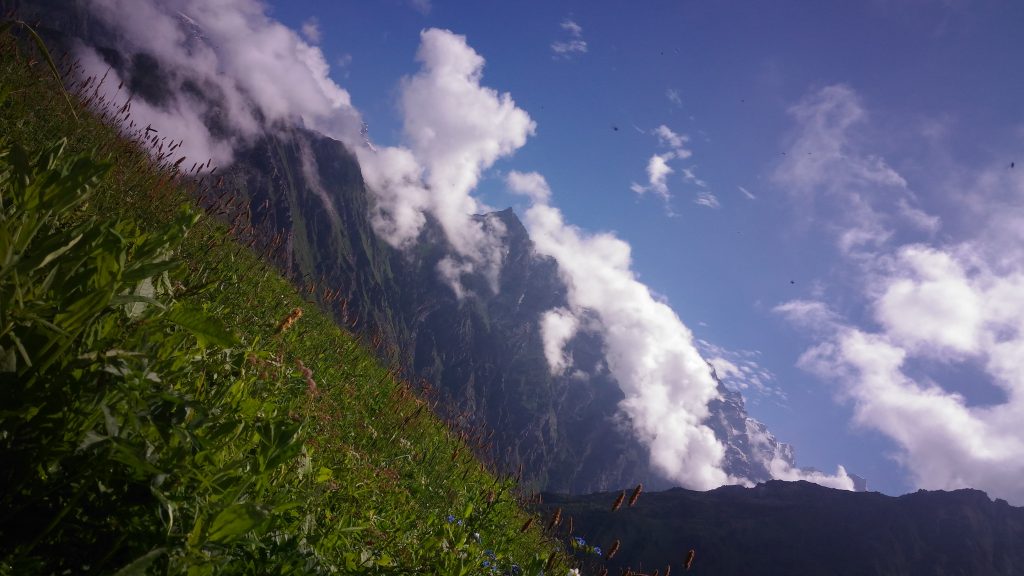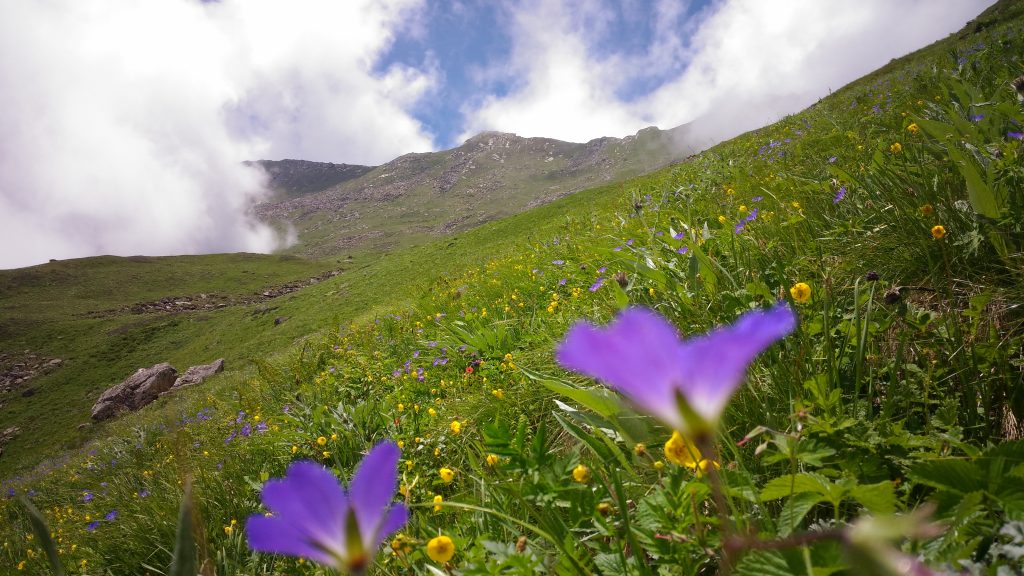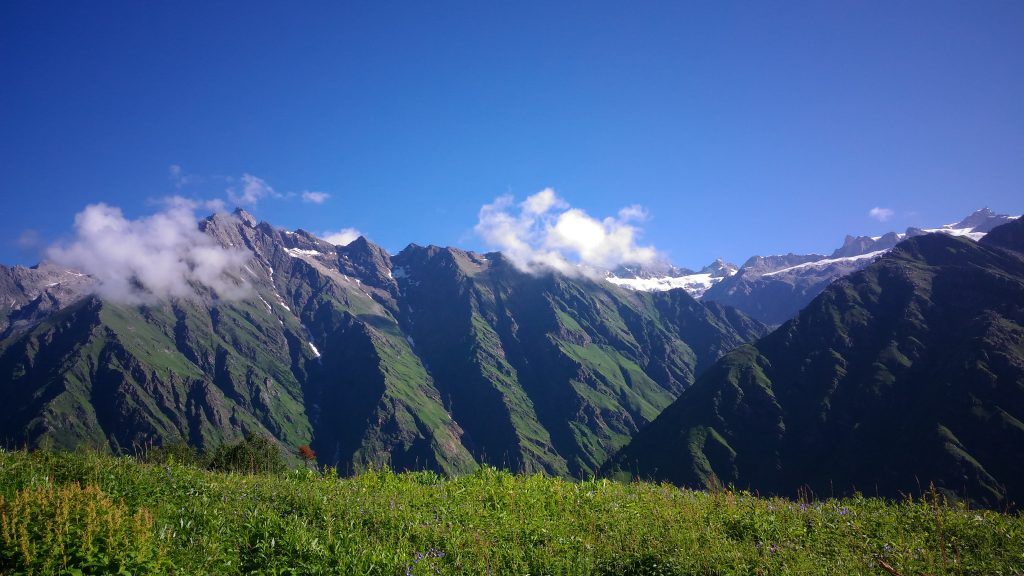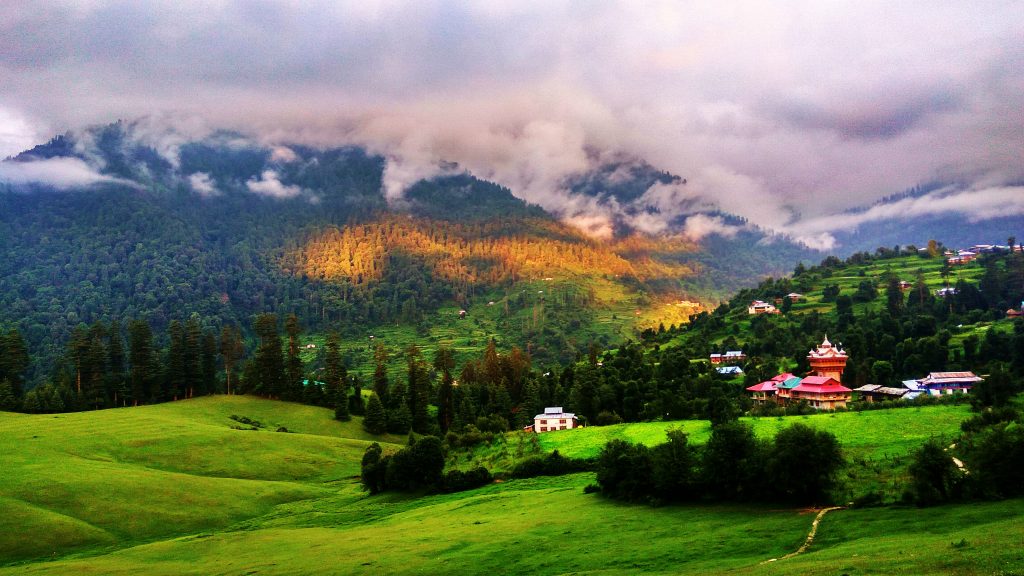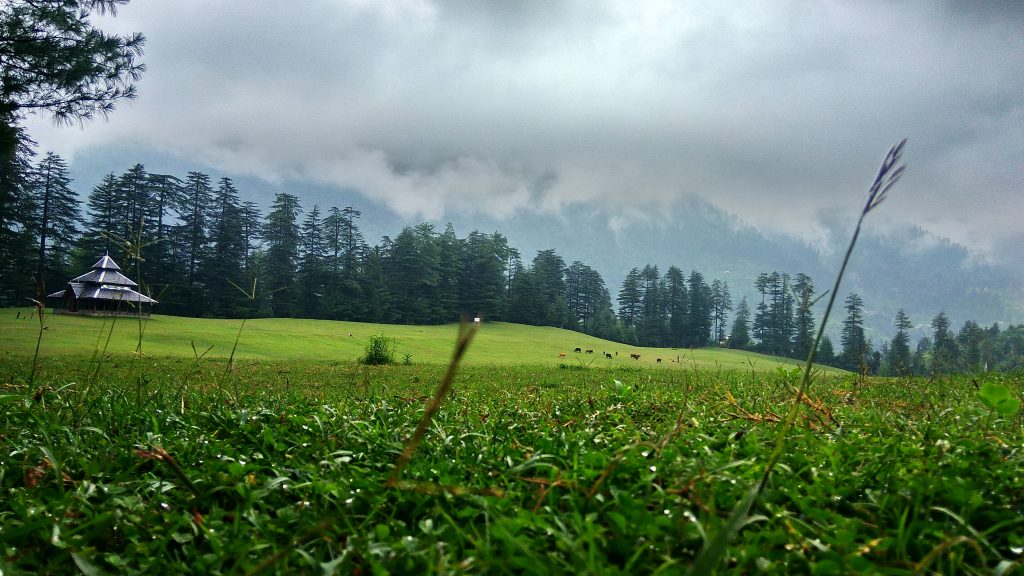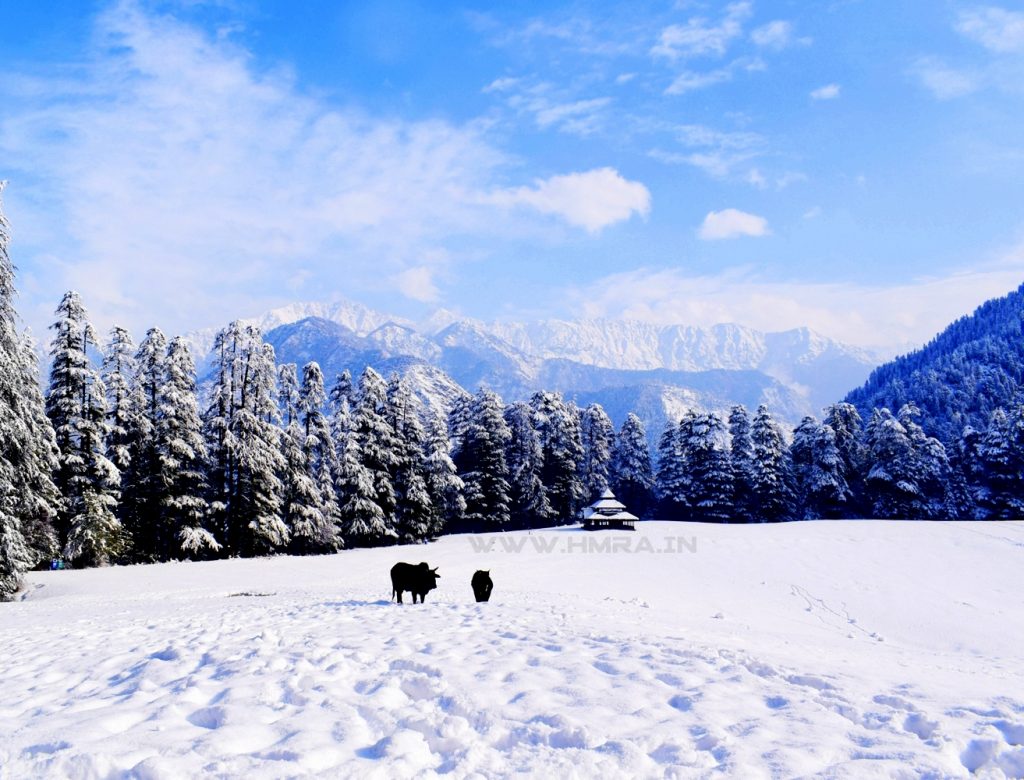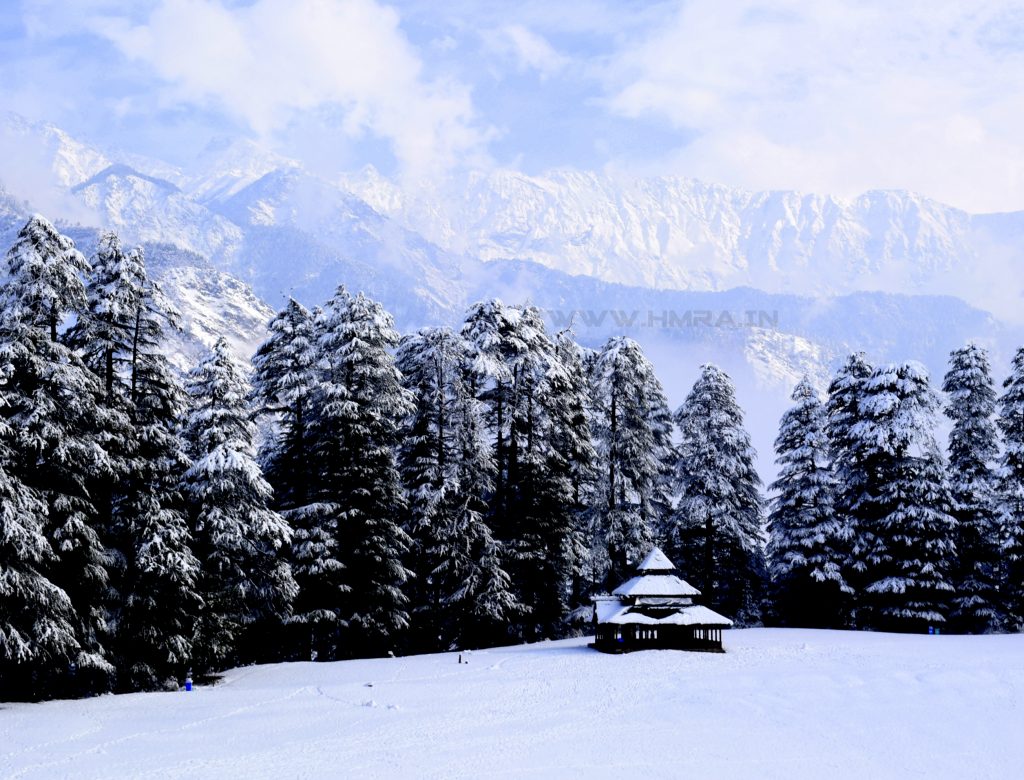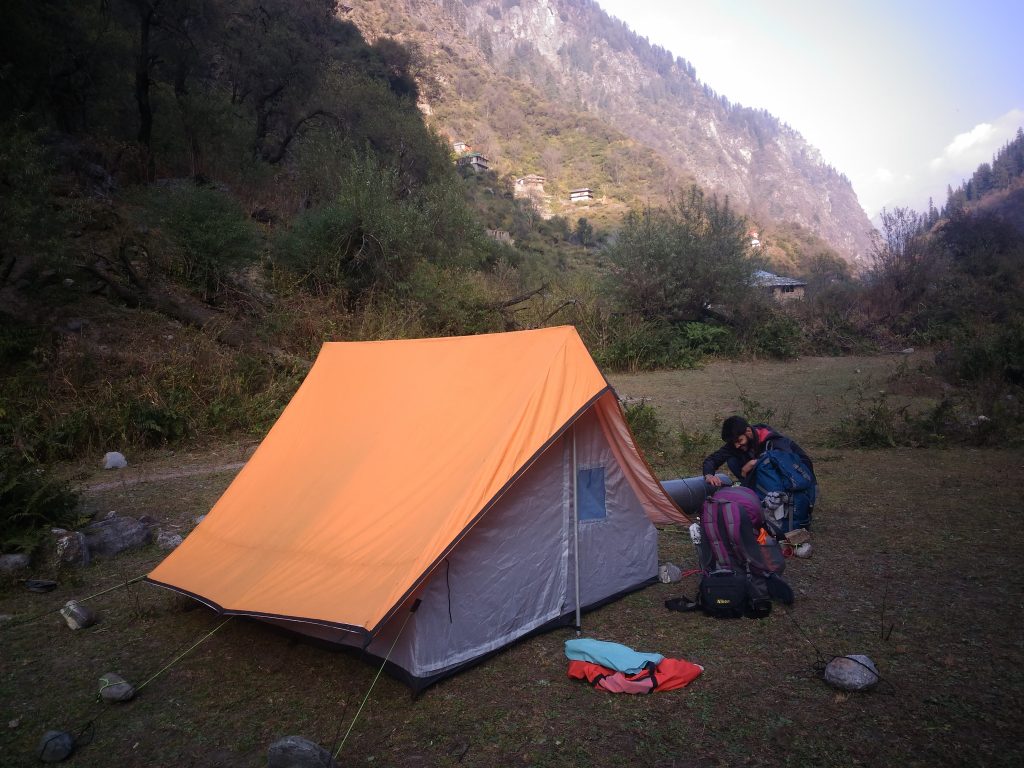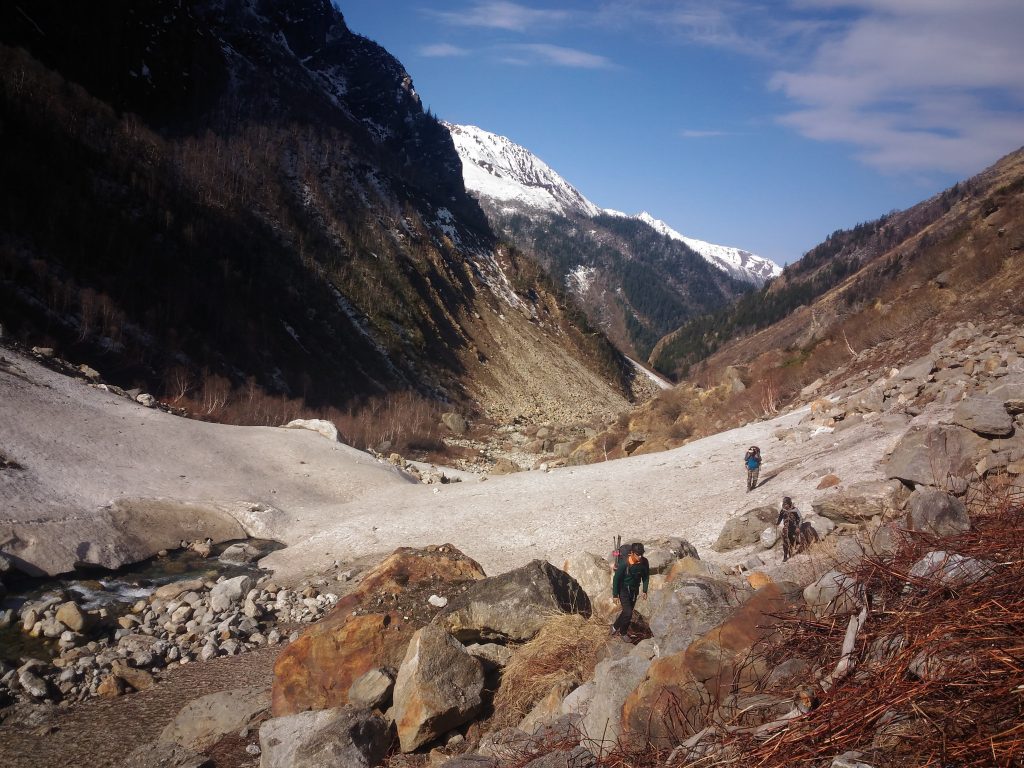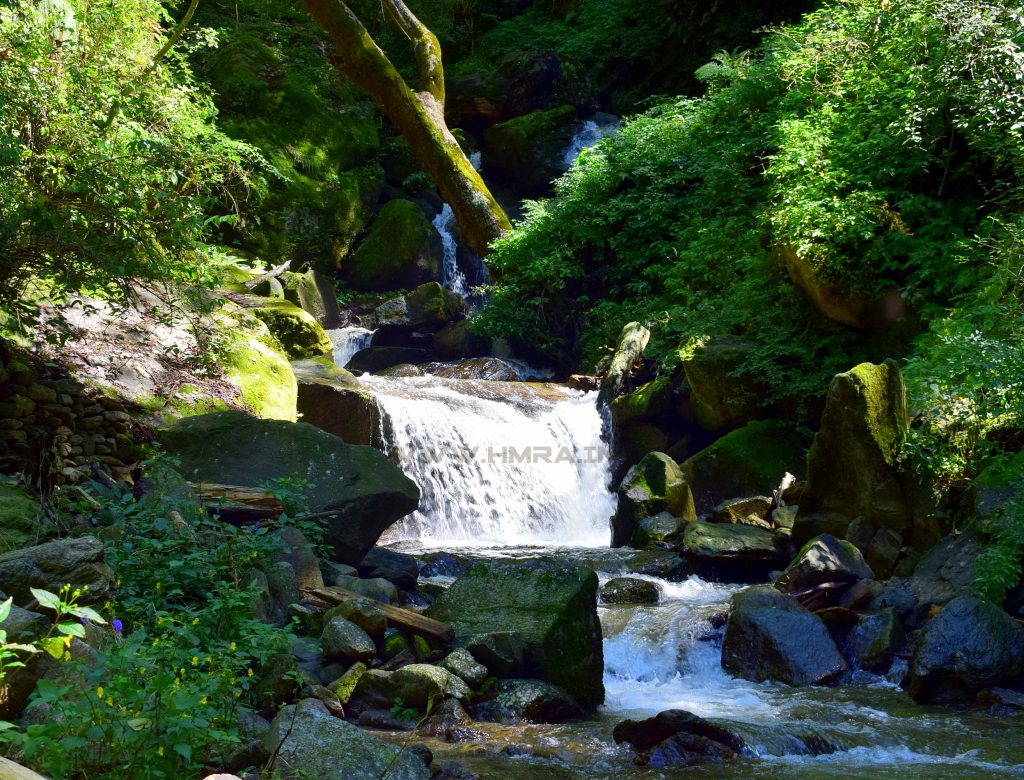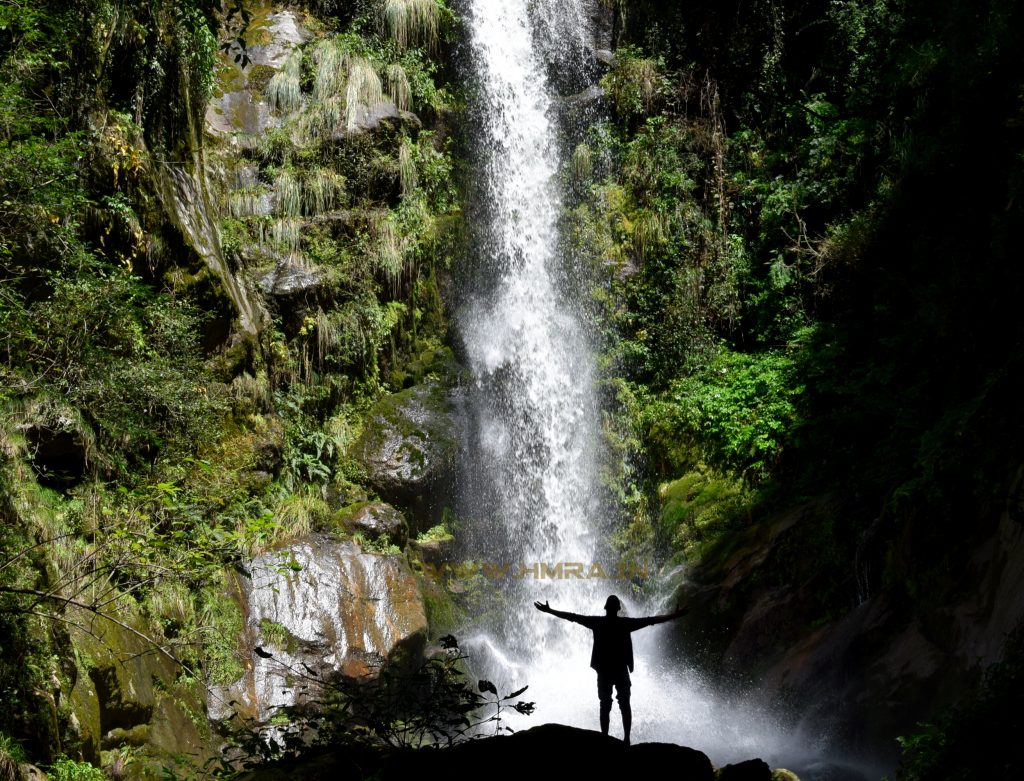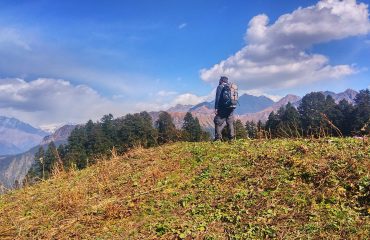In the heart of Great Himalayan National Park lies a point of paradise, where several glaciers meet- Raktisar. Located in Sainj Wildlife Sanctuary area, it is the source of the Sainj River. It is the meeting point of two large glaciers. However, they have retreated due to global warming. Their impressive crevices can be seen in both the converging valleys.
A tributary to Beas, Sainj is one of the four rivers that flows in the Great Himalayan National Park, others being Parbati (Parvati), Tirthan and Jiwanal. Raktisar, the glacier point gives an incredible view of the river as well as other peaks around. Those who have been there, know exactly how enchanting their beauty is. When atop, the lush greenery, sunshine, and lively atmosphere drives away all the stress and fears. A not so difficult trek, this is a must for anyone who loves nature and life.




